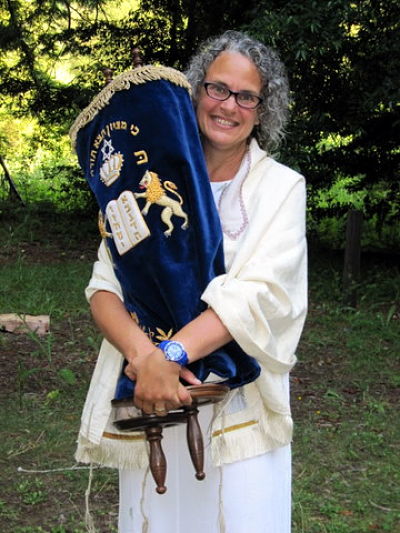 I have been doing the hard work of promoting my little book of translations (more about that another day). In between doing this work of pure attachment to the world, of assiduously courting its recognition for this project that means so much to me, I’ve been mulling the idea of faith.
I have been doing the hard work of promoting my little book of translations (more about that another day). In between doing this work of pure attachment to the world, of assiduously courting its recognition for this project that means so much to me, I’ve been mulling the idea of faith.
Margaret Holub, the inspiring Mendocino Coast Rabbi, talked about this on Rosh Hashonnah. She read a passage about “coming to God as children or as slaves…” and noted that most modern prayer books change this language, as it is too hierarchical, too patriarchal. We’re uncomfortable with it, uncomfortable with the very idea of a patriarchal God. But this year, she said, those words had been ringing in her ear because she felt that they addressed the recognition that we are not in control.
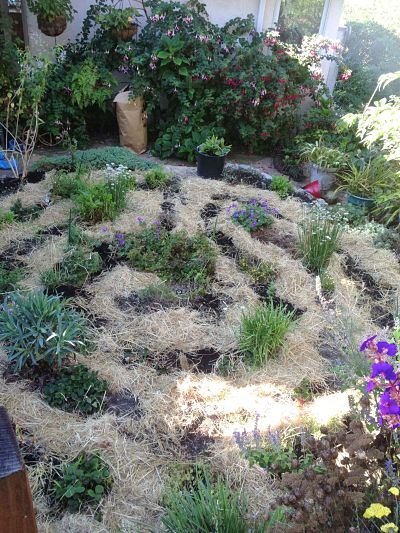 None of us knows what will happen in the coming year, or even who will be here next year at this time. This acknowledgement that we have no control is the basis of faith, of acceptance not that “God will be good to us,” but that life will happen according to its mysterious, unknowable unfolding. A conscious acceptance of that can be a luminous thing. To have faith in the Divine Order, an order that contains suffering, terror, uncertainty, to be joyously open to that, is a definition of faith. She suggested we “act as if” we have such faith, and see how that colors our perception.
None of us knows what will happen in the coming year, or even who will be here next year at this time. This acknowledgement that we have no control is the basis of faith, of acceptance not that “God will be good to us,” but that life will happen according to its mysterious, unknowable unfolding. A conscious acceptance of that can be a luminous thing. To have faith in the Divine Order, an order that contains suffering, terror, uncertainty, to be joyously open to that, is a definition of faith. She suggested we “act as if” we have such faith, and see how that colors our perception.
As a control freak myself, this is a challenge, but one that intrigues me, and I’ve been thinking about it as I go about the varied tasks of fall: clearing and redefining the labyrinth, culling the chicken flock, cutting old growth, preparing for planting once the rains begin.
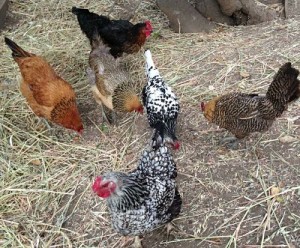 The chicken flock is now down to six hens, no rooster, and nine pullets (almost two months old). I’m planning to put them together tonight, as the pullets are outgrowing their coop, and I have faith(!) that they are old enough to endure a little hen-pecking.
The chicken flock is now down to six hens, no rooster, and nine pullets (almost two months old). I’m planning to put them together tonight, as the pullets are outgrowing their coop, and I have faith(!) that they are old enough to endure a little hen-pecking.
Laying slows down as the light wanes, and I couldn’t see keeping 11 hens through the winter. They are voracious, and while I love giving away the extra eggs, the feed bill/egg ratio tips in fall.
Now on days when all the hens are laying, I get two white, two brown, and two green eggs.
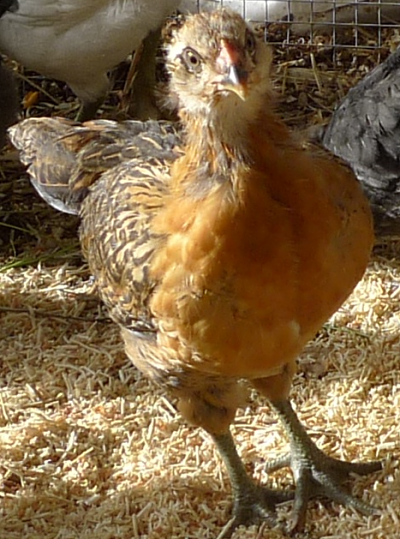 What did I do with the rooster and the rest of the hens? I sold two of the good laying hens, and gave the rooster and the four older hens to my Ethiopian friend to eat. I’m willing to kill and pluck a young meat chicken, but not an older bird. And she’s very glad to get them.
What did I do with the rooster and the rest of the hens? I sold two of the good laying hens, and gave the rooster and the four older hens to my Ethiopian friend to eat. I’m willing to kill and pluck a young meat chicken, but not an older bird. And she’s very glad to get them.
How can I love them and name them and then have them killed? This is the reality of farming (well, not necessarily the loving and naming).
But what I’ll do when Houdini, my little Hamburg, and Selina my favorite banty are too old to lay, I’m not sure.
Hopefully, they’ll get broody this spring and raise some chicks for me. That would justify my keeping them another year.
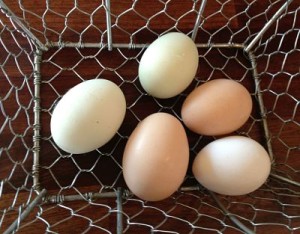
I would cry for little Hamburg and Selina.
Really cry.
It is the blight that man was born for,
It is Margaret you mourn for.
Collateral benefits of your farming, culling, mourning: 3 chicken heads, 6 chicken feet (Askalu has no use for them) simmering away in my stock pot…
Yum! I want to come for lunch!!